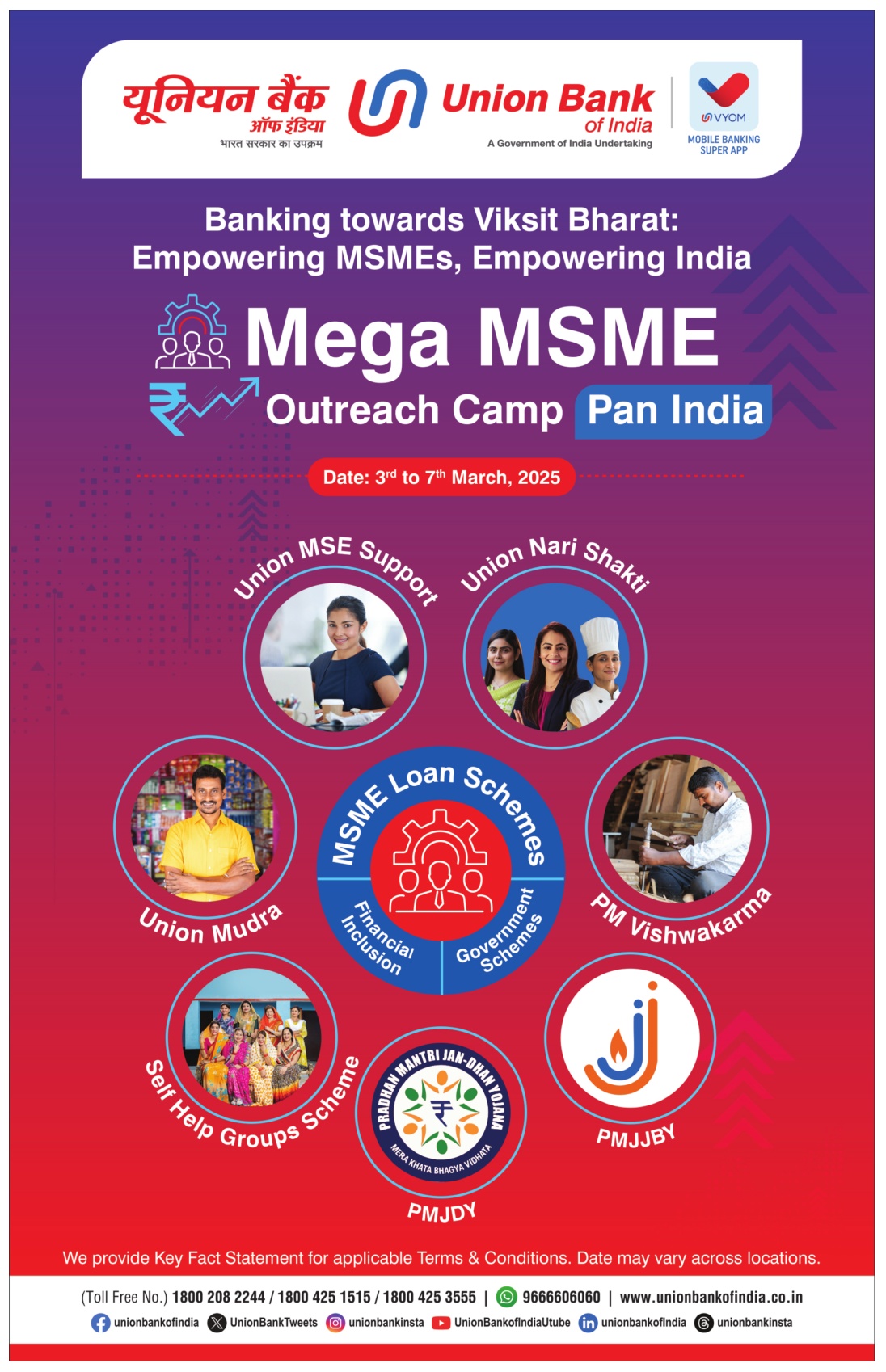CNN Central News & Network–ITDC India Epress/ITDC News Bhopal: Today, India is counted among the fastest-growing economies in the world. For 2024-25, the IMF has projected India’s growth rate at 7%, with estimates suggesting it will remain around 6.5% next year as well. Stock markets are breaking records, the number of startups is rising, and the digital economy is reaching even the remotest villages. However, beneath this dazzling surface lies a deep chasm of inequality that is gradually weakening the country’s social fabric.
Oxfam India’s report highlights that the richest 1% of Indians hold more than 40% of the country’s wealth, while the bottom 50% own merely 3%. This inequality isn’t limited to wealth alone. According to the PLFS 2024 data, the unemployment rate among urban youth is 17.2%, far higher than the national average of 7.4%. Rural wages have fallen below 2017 levels. The agriculture sector, which employs 45% of the population, contributes only 15% to the GDP even today.
The manufacturing sector, considered the engine for job creation, has been stuck at a 16–17% share of GDP for three decades. The services sector has expanded rapidly, but its benefits have mostly been reaped by the urban, English-speaking, technologically skilled class. As a result, while India is playing a global role in digital payments, space exploration, and green energy, a large section of its population continues to struggle for basic needs like education, healthcare, and nutrition.
Government schemes—such as the Jan Dhan Yojana, Ayushman Bharat, Ujjwala Yojana, and PM Kisan—have provided some relief to the poorer sections. However, this relief has largely been superficial and has failed to ensure sustainable economic empowerment. For instance, many of the homes built under the Pradhan Mantri Awas Yojana lack basic amenities, rendering them uninhabitable. Similarly, despite the POSHAN Abhiyaan, malnutrition and anemia figures remain alarming—36% of children are still malnourished and 57% of women suffer from anemia.
The tax structure is also exacerbating inequality. Despite improvements in direct taxes, the burden of indirect taxes (like GST) falls disproportionately on the poor and lower middle class. Although GST collections hit a record high in 2024, its impact is clearly visible in consumer inflation. Meanwhile, the wealth of billionaires has witnessed unprecedented growth.
To make this economic growth sustainable and inclusive, the government must allocate at least 6% and 3% of GDP to education and healthcare respectively. Skill development programs need to effectively reach villages and small towns, and a robust social security system must be established for informal sector workers.
India dreams of becoming a developed nation by 2047. However, if economic growth is not accompanied by social justice and equal opportunities, this dream will remain confined to a select few. True development is that which brings meaningful change to every village, every street, and every citizen’s life.
#development, #inequality, #economicdisparity, #socialissues, #growthandinequality, #inclusivegrowth, #developmentchallenges, #economicgrowth, #socialjustice






